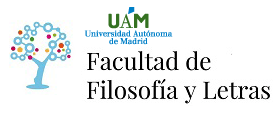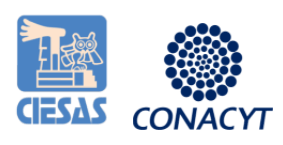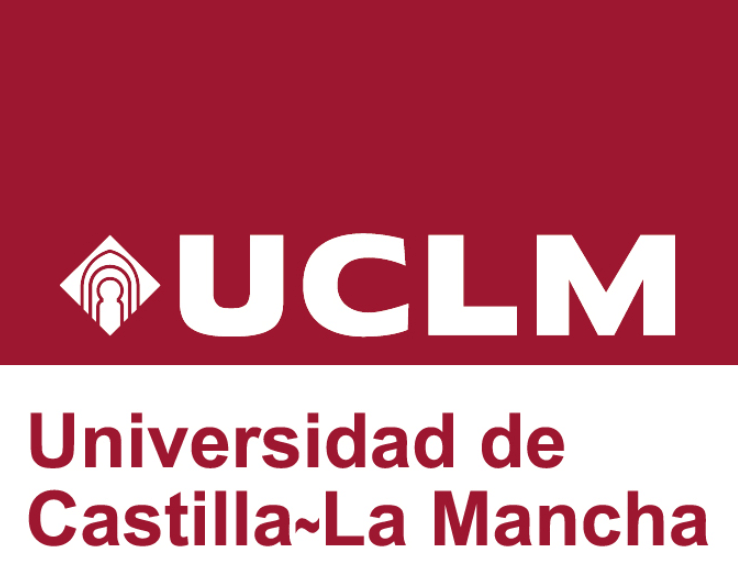How we create personal knowledge depends upon our perceptions of the world outside us. Those perceptions, in turn, are shaped not only by our senses—which is what perception is—but by a deeper conception of how we value and evaluate those perceptions: what we know depends on how that knowledge integrates us. The questions we ask about that world outside, therefore, are themselves determined by the answers acceptable to our conceptions. But a great deal of the phenomena we have some knowledge about cannot be directly integrated, because we have no actual perceptions of them. While we have direct knowledge of fossil hominins, for example, and derived knowledge of their chronology, we must only imagine the processes of change that have connected them. The necessity to integrate the imagined and the perceived is why so much of our knowledge is metaphorically described and understood. In some cases, the imagery contained in the metaphor becomes proxy for its object. This is what gets us into trouble: we have difficulty distinguishing between things unseen and the symbols which we construct to represent them. In this presentation I identify the several metaphors used historically and currently to represent human evolution, and discuss the changes in human identity implied by them. In the process I allude to the role of the metaphor in both creating knowledge and restraining it.









